Free courses
Produced by The Open University, a world leader in open and distance learning, all OpenLearn courses are free to study. We offer nearly 1000 free courses across 9 different subject areas. Our courses are available to start right away.
- Music
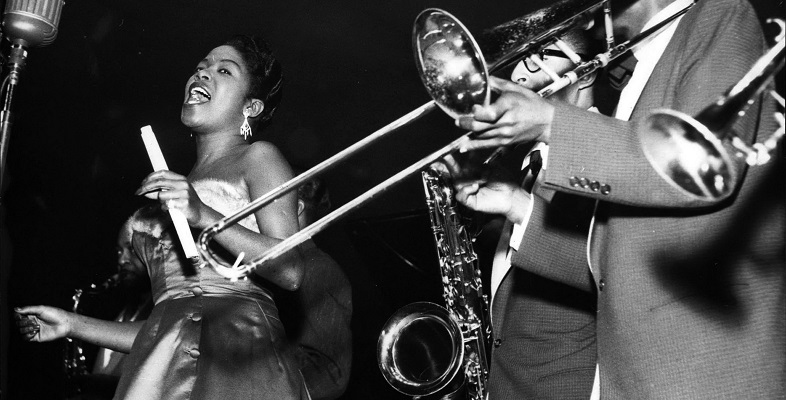 free course icon
level 1: introductory icon
free course icon
level 1: introductory icon
History & The Arts
Introduction to music theory 1: form
In this free course, you will learn how to identify musical form through close engagement with recorded of music, and studying examples of folk, popular, and classical music from several world traditions. You will explore a number of methods of representing form, including alphabetical designations (e.g., AABA), genre-specific terminology (e.g.,...
 free course icon
level 1: introductory icon
Badge icon
free course icon
level 1: introductory icon
Badge icon
History & The Arts
A freelance career in the creative arts
A freelance career in the creative arts is a free badged course which lasts 8 weeks, with approximately 3 hours’ study time each week. You can work through the course at your own pace, so if you have more time one week, there’s nothing to stop you pushing on and completing another week’s study. This course has a specific focus on the ...
 free course icon
level 2: intermediate icon
free course icon
level 2: intermediate icon
History & The Arts
Listening for form in popular music
This free course, Listening for form in popular music, explores form, or how music is organised in time. It looks at three strategies for communicating form – through the use of specialist terms (such as ‘chorus’ and ‘bridge’), alphabetic designations (for example AABA), and visual diagrams. It also considers how the form of a song works with ...
 free course icon
level 1: introductory icon
free course icon
level 1: introductory icon
History & The Arts
Discovering music through listening
This free course, Discovering music through listening, will introduce you to the musical elements used by musicians to create a piece of music: pulse, tempo, metre, harmony, structure, texture, timbre and dynamics. You'll learn how to identify the different musical elements by taking a particular approach to listening to the music, known as ...
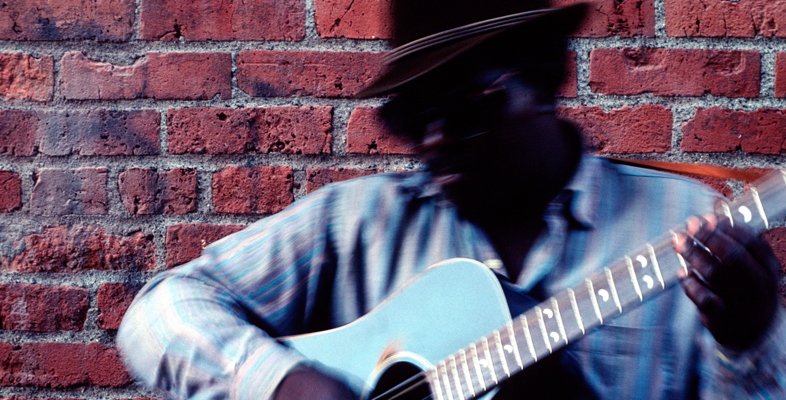 free course icon
level 1: introductory icon
free course icon
level 1: introductory icon
History & The Arts
Discovering music: the blues
This free course, Discovering music: the blues, will introduce you to a musical tradition with roots in the nineteenth century but which is still relevant to making music today. You will learn about how the lyrics of blues songs reflect the social environment in which they were created, and about the musical techniques that underpin the ...
 free course icon
level 1: introductory icon
free course icon
level 1: introductory icon
History & The Arts
An introduction to music theory
Gain an understanding of the basic building blocks of musical theory and notation. This free course, An introduction to music theory, will introduce you to music staves, clefs, rhythmic and pitch values, rhythmic metre and time signatures. This OpenLearn course provides an introduction to music theory pitched at a level equivalent to Grades 1–3 ...
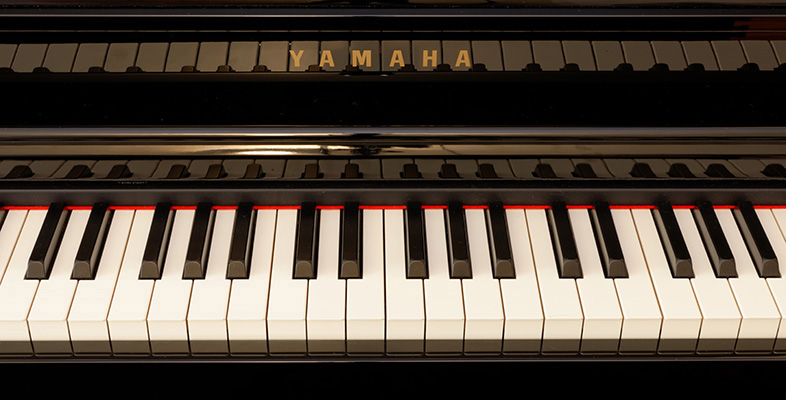 free course icon
level 3: advanced icon
free course icon
level 3: advanced icon
History & The Arts
An introduction to music research
In this free course, An introduction to music research, we have gathered together materials to allow you to explore the ways in which music may be researched. After thinking about different kinds of musical knowledge and their relationship with various musical practices (including performance, composition, and listening), you'll be introduced to...
 free course icon
level 2: intermediate icon
free course icon
level 2: intermediate icon
History & The Arts
Recording music and sound
This free course, Recording music and sound, provides an historical introduction to music and sound recording in the creative industries and offers some guidance about making your own recordings. Many of the processes that have been developed and the issues that have been raised in the first 150 years of recording are still relevant today, and a...
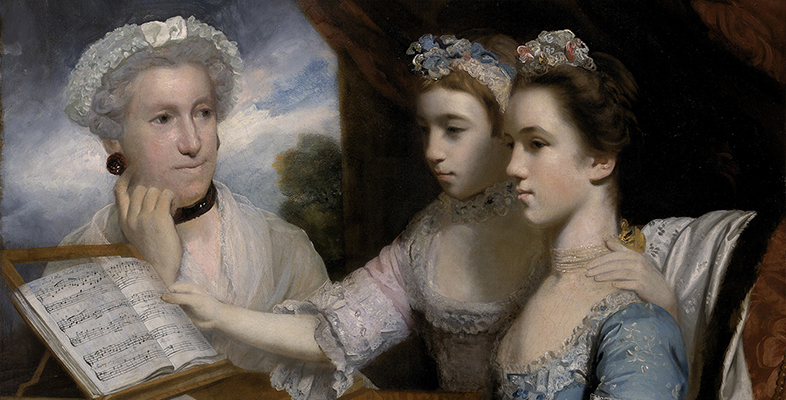 free course icon
level 2: intermediate icon
free course icon
level 2: intermediate icon
History & The Arts
Music and its media
This free course, Music and its media, examines some of the main ways in which music is transmitted. It considers how the means of communicating a particular piece can change over time; and how the appearance and contents of a source can reflect the circumstances in which it is produced. The course focuses on three examples of musical media that...
 free course icon
level 3: advanced icon
free course icon
level 3: advanced icon
History & The Arts
Voice-leading analysis of music 3: the background
The music of Mozart has been used to examine the foreground and middleground of harmony in free courses AA314_1 and AA314_2. In this free course, Voice-leading analysis of music 3: the background, you will use Beethoven's Eighth Symphony to consider the largest-scale stage of voice-leading analysis.
 free course icon
level 3: advanced icon
free course icon
level 3: advanced icon
History & The Arts
Voice-leading analysis of music 2: the middleground
This free course, Voice-leading analysis of music 2: the middleground, continues our examination of 'voice-leading' or 'Schenkerian' analysis, perhaps the most widely used and discussed method of analysing tonal music. In this course, this method is explained through the analysis of piano sonatas by Mozart. The course is the second in the AA314 ...
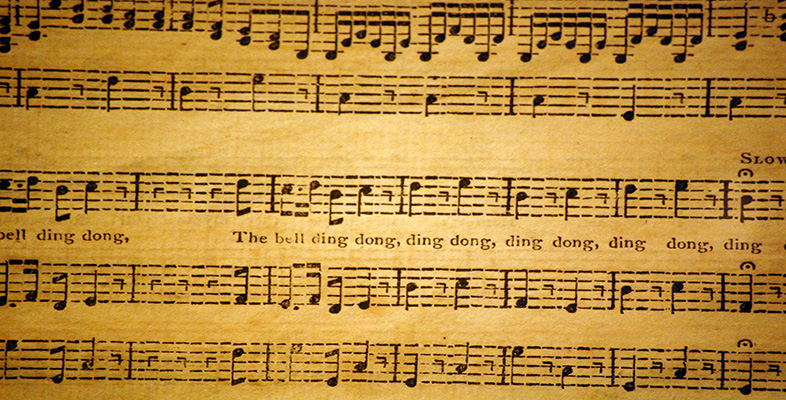 free course icon
level 3: advanced icon
free course icon
level 3: advanced icon
History & The Arts
Voice-leading analysis of music 1: the foreground
This free course, Voice-leading analysis of music 1: the foreground, introduces 'voice-leading' or 'Schenkerian' analysis, perhaps the most widely used and discussed method of analysing tonal music. In this course, this method is explained through the analysis of piano sonatas by Mozart. The course is the first in the AA314 series of three ...